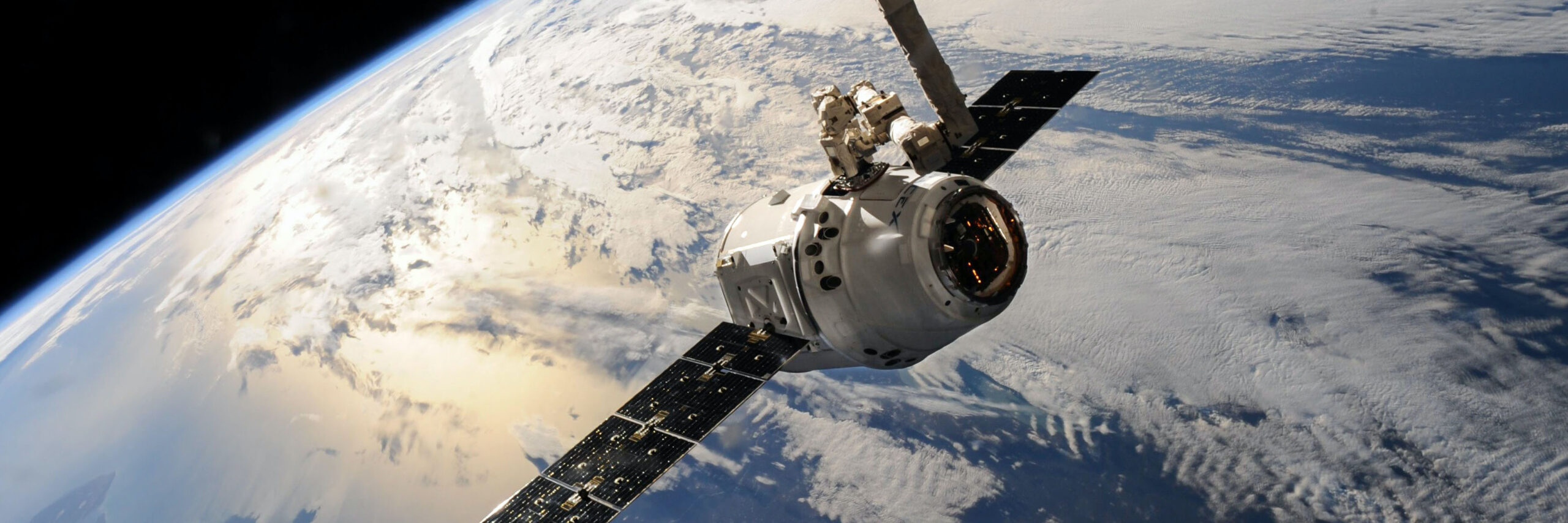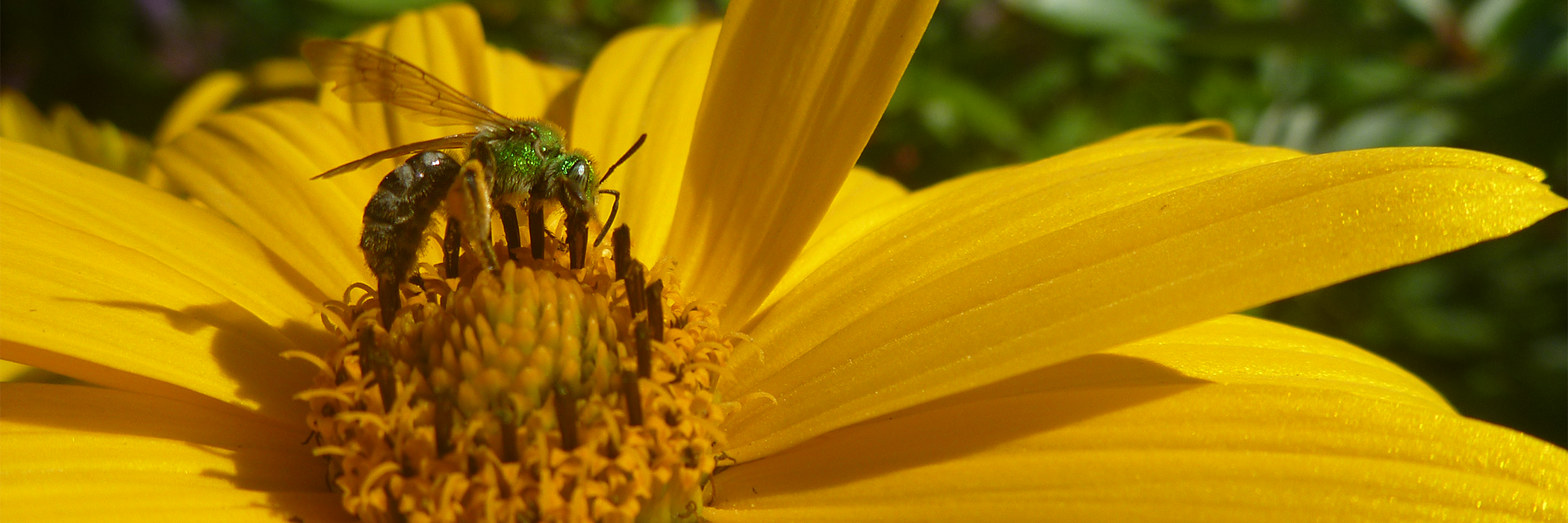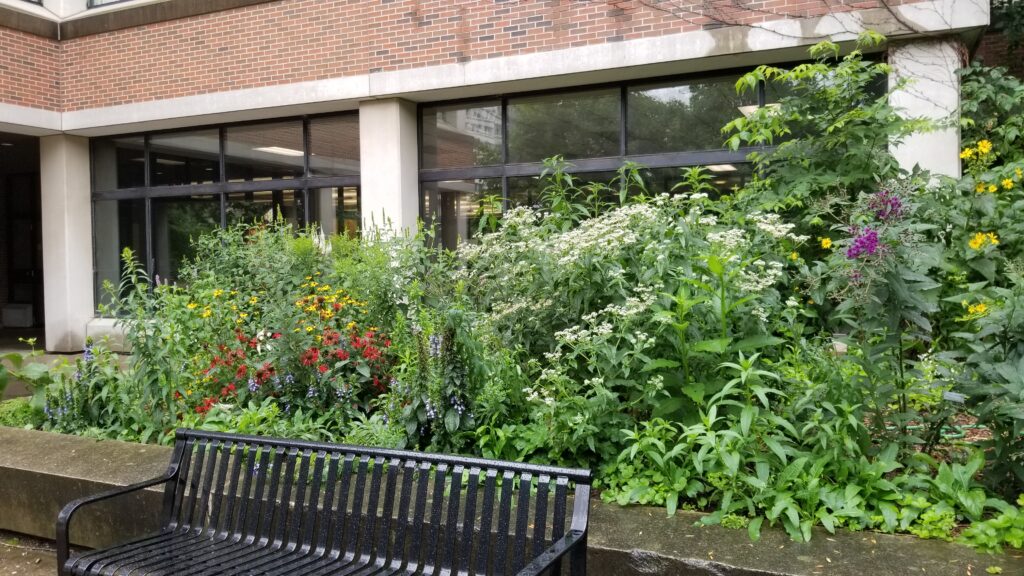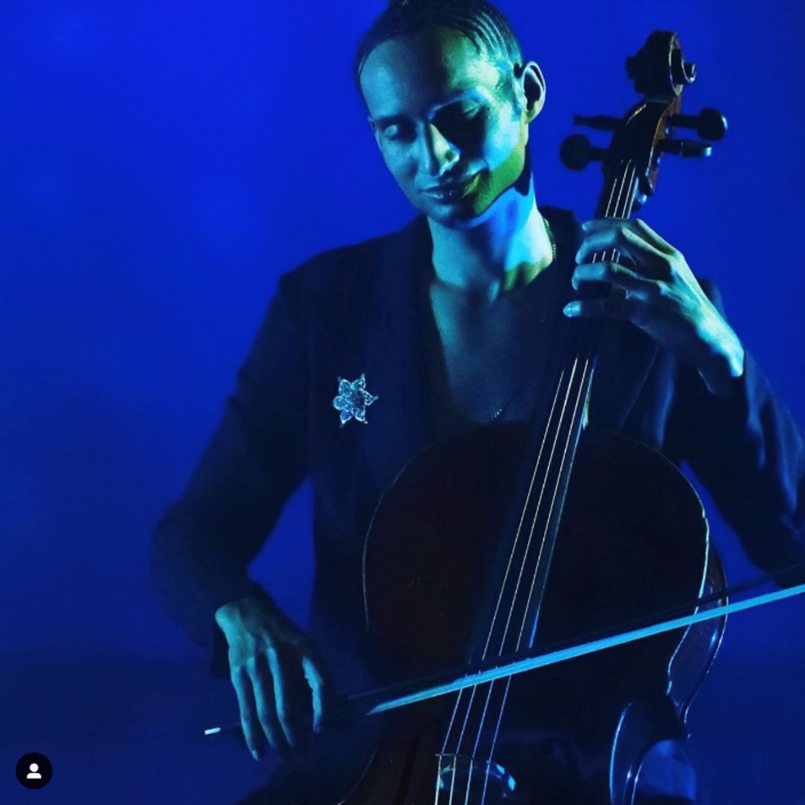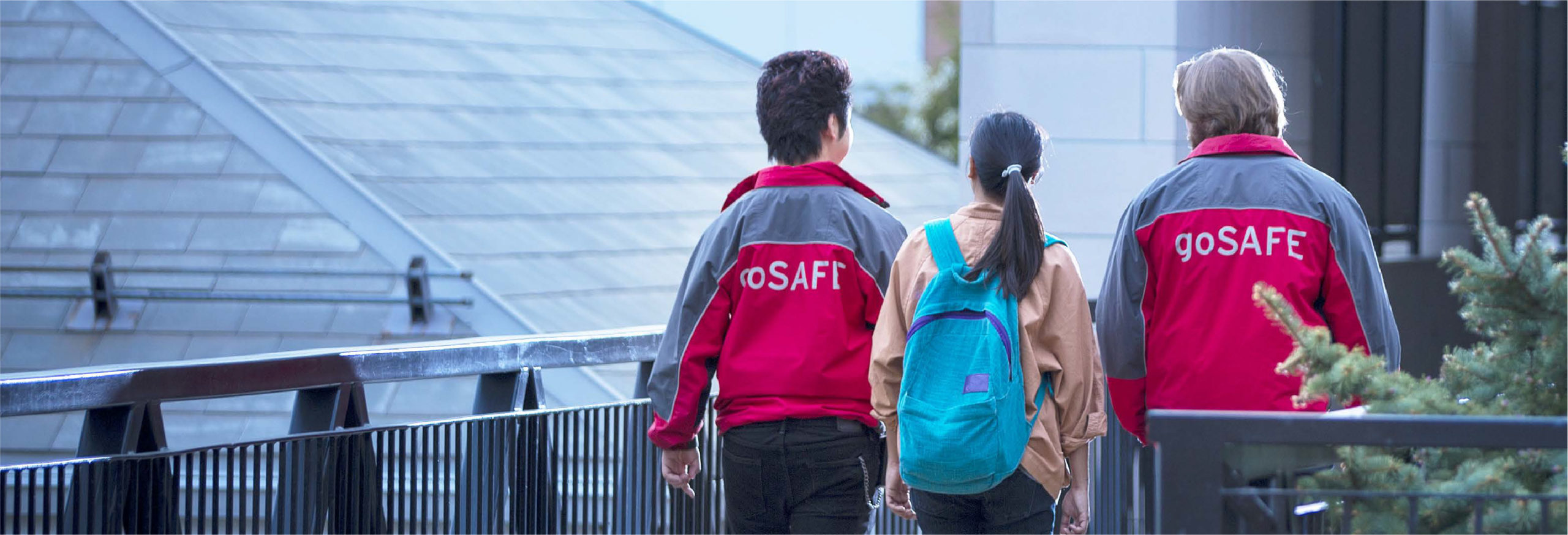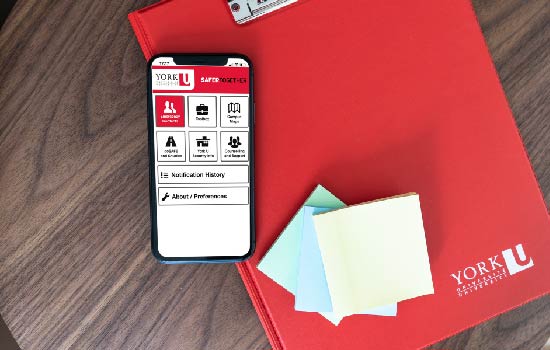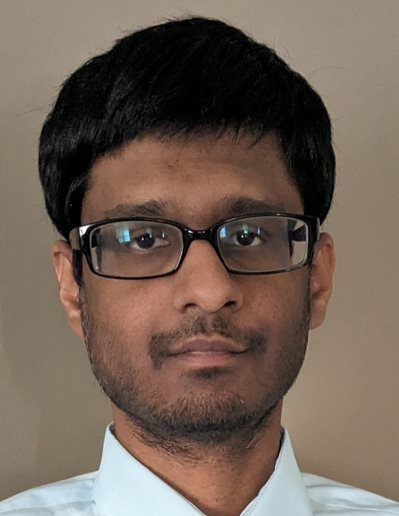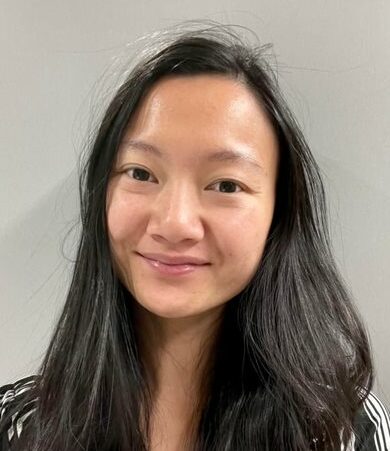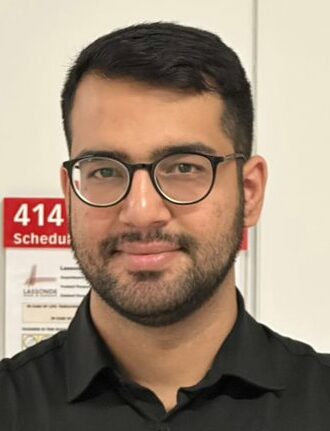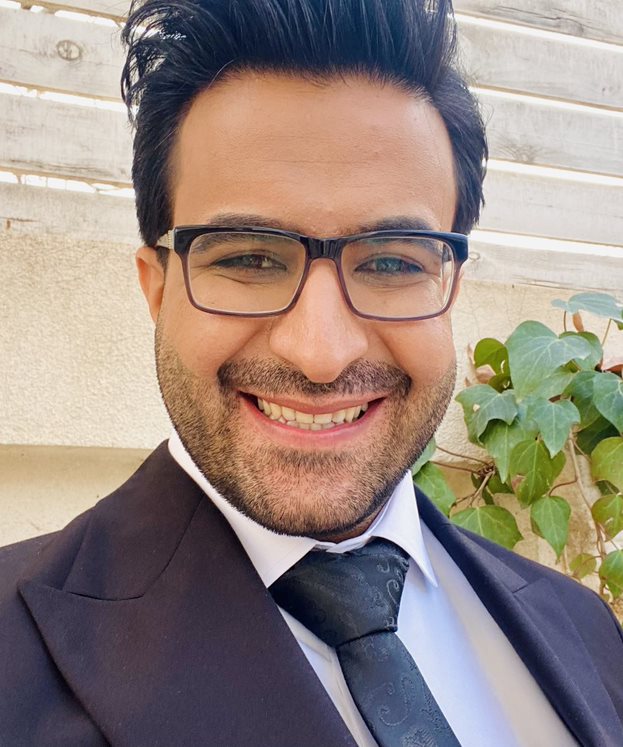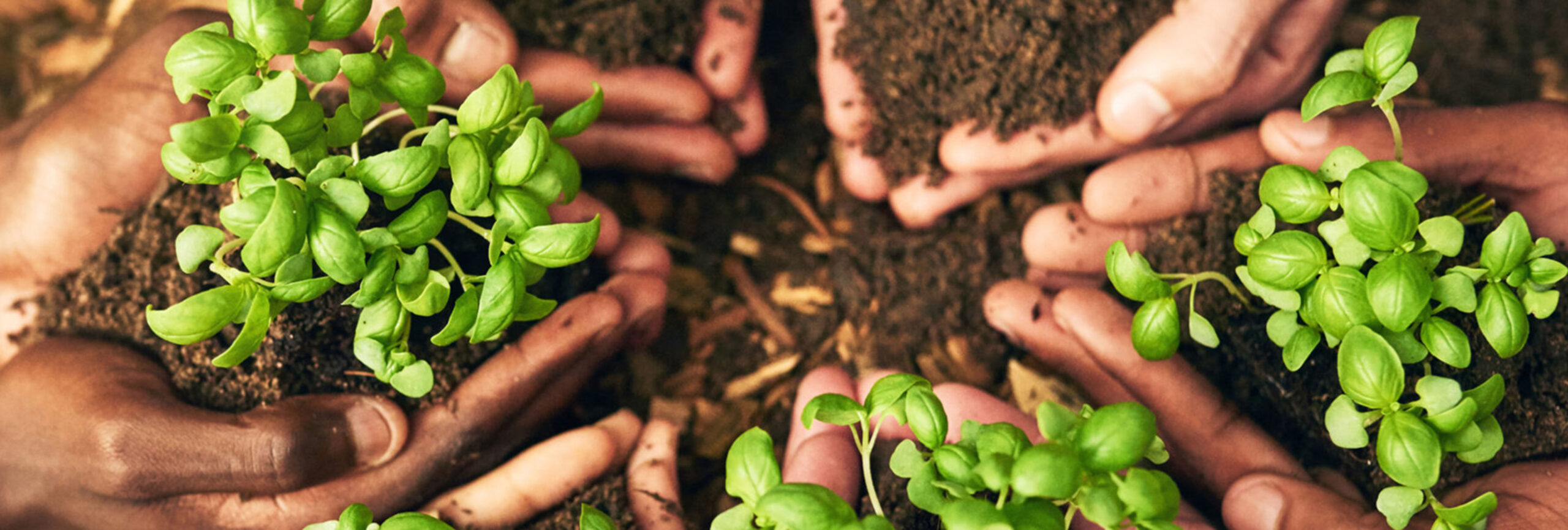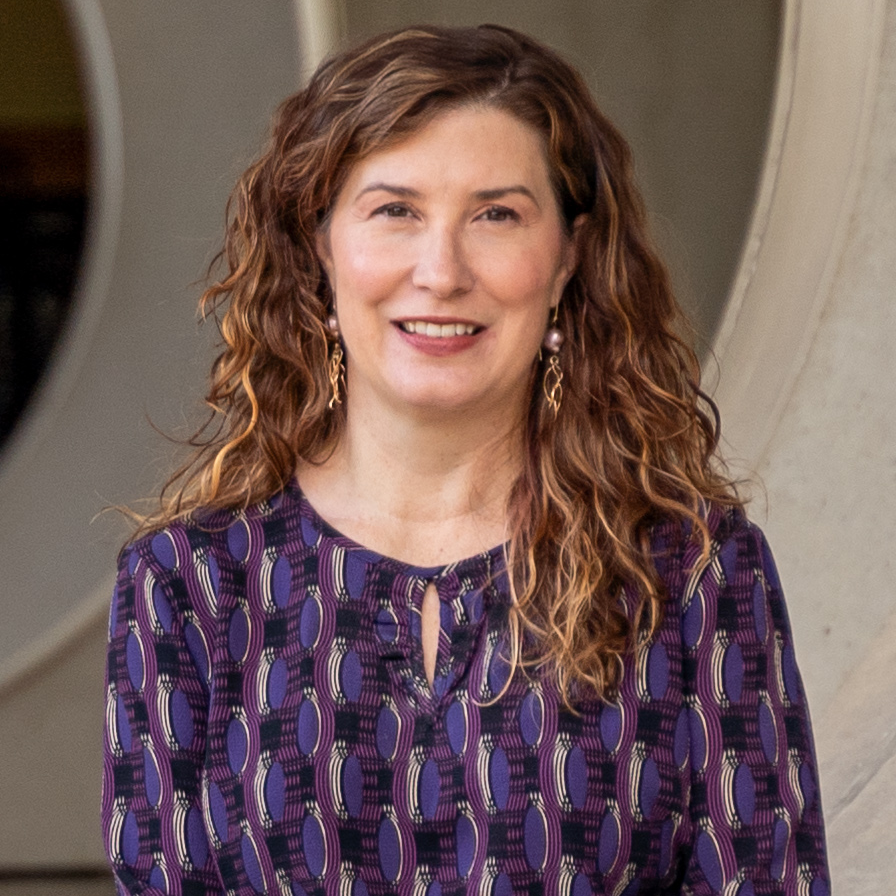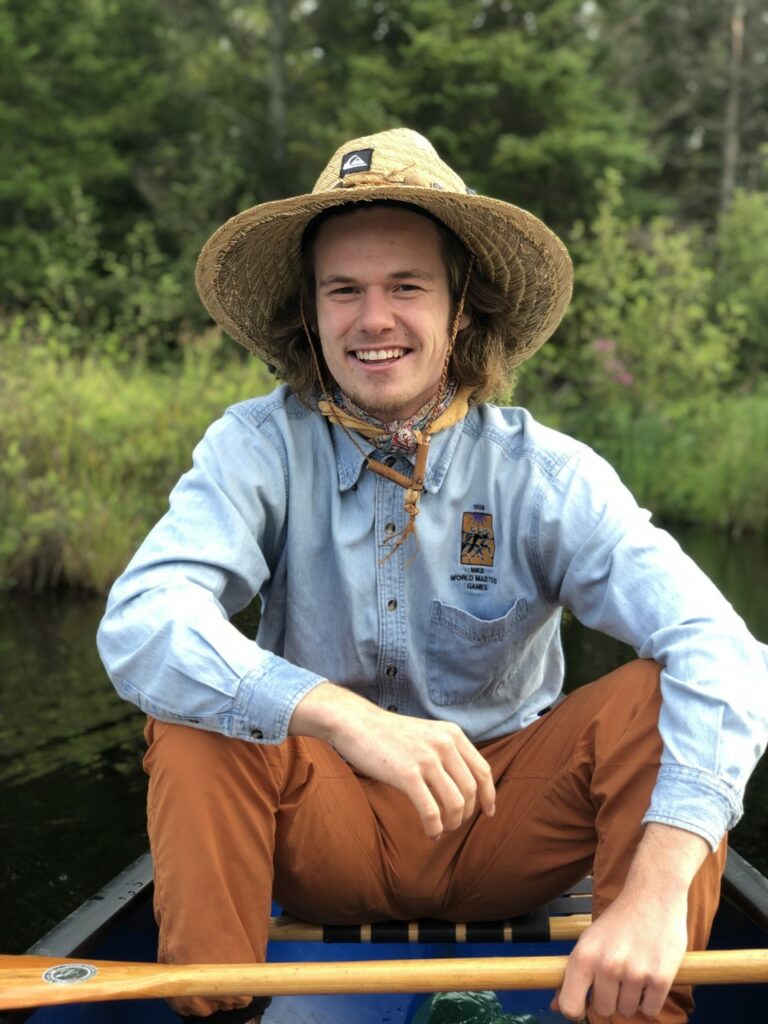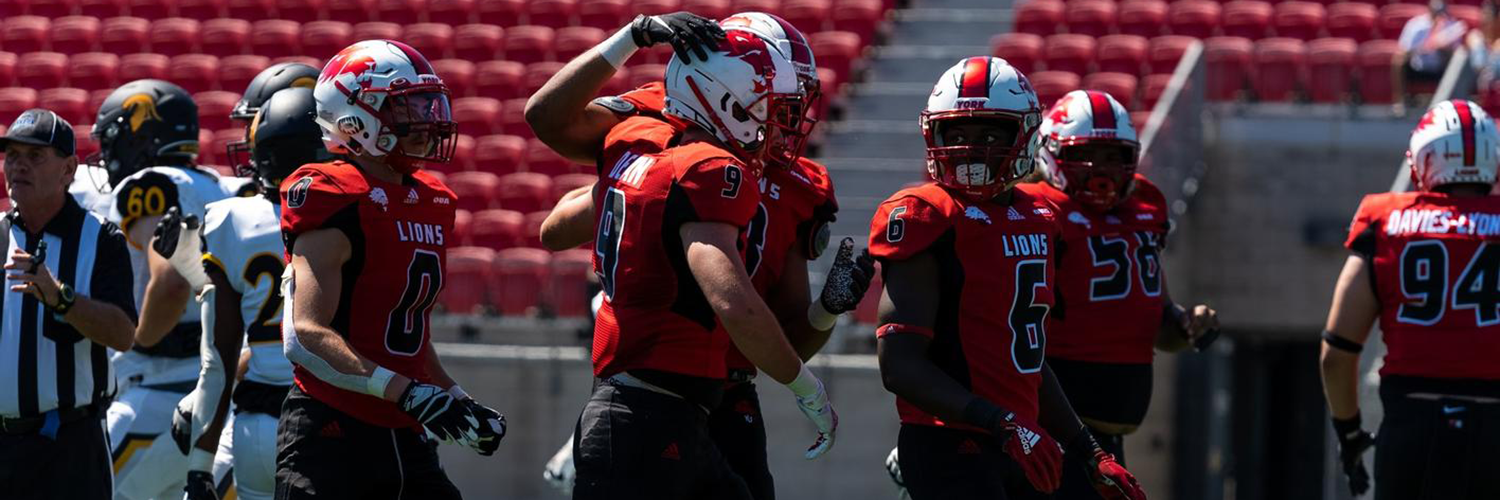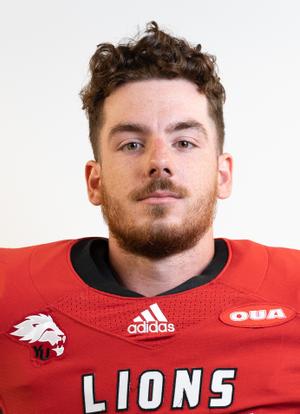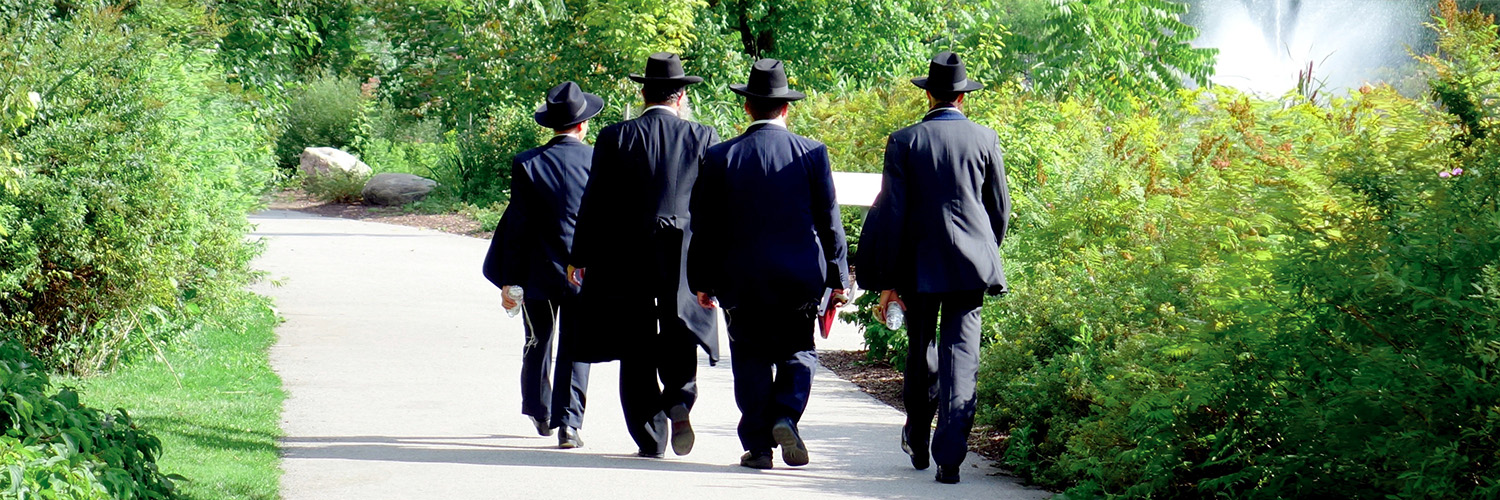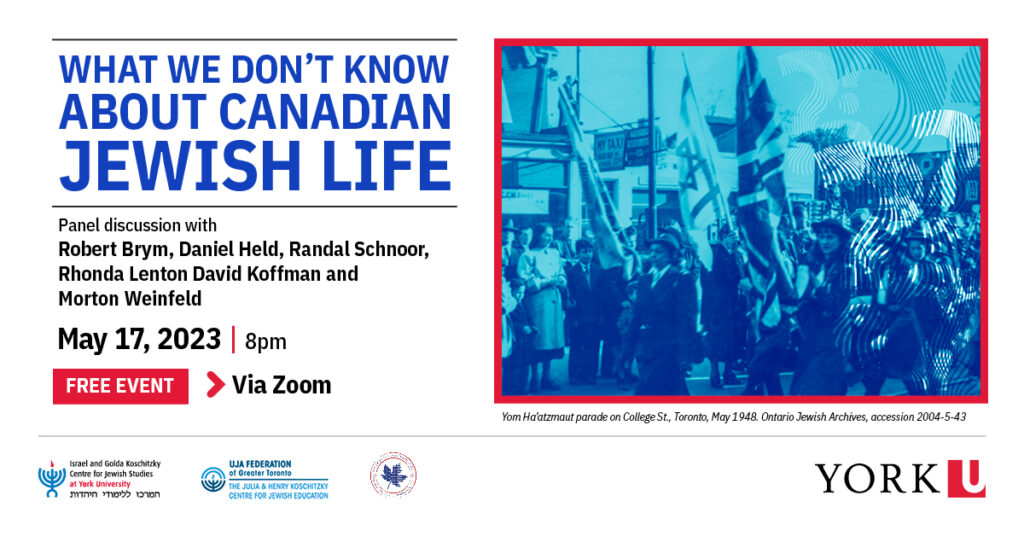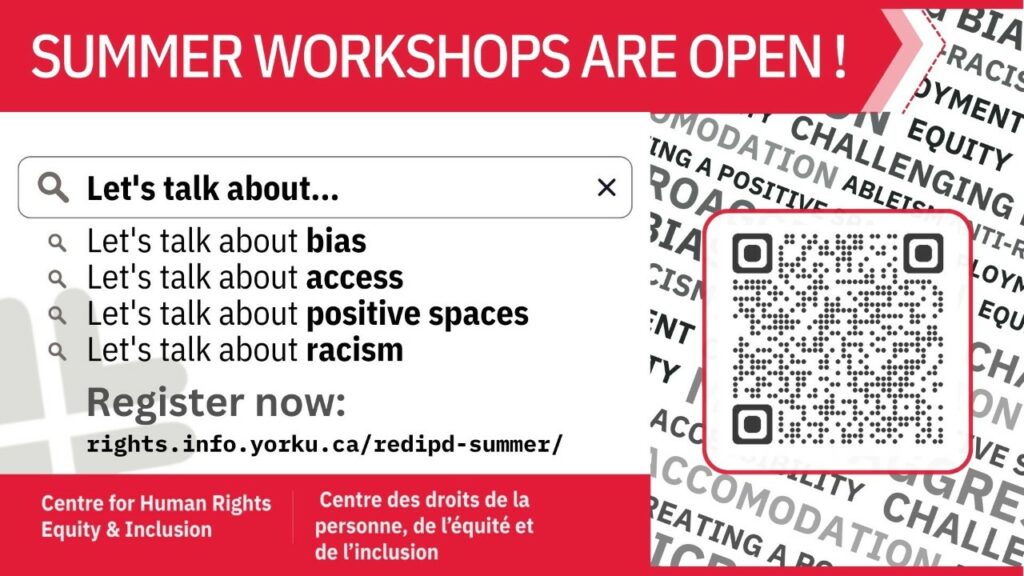By Alexander Huls, deputy editor, YFile
One CubeSat – a square-shaped satellite the size of a Rubik’s cube – created by York University students, and another with hardware supplied by students, will launch from the Kennedy Space Center and be placed in orbit by International Space Station astronauts.
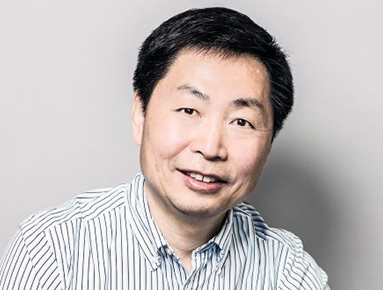
Funded by the Canadian Space Agency (CSA), since 2017 the Canadian CubeSat Project (CCP) has provided the opportunity for students to gain greater access and experiential learning to better prepare for careers in the aerospace industry by designing and building their own satellites.
“In the past, students who wanted to learn the design of space instruments and satellite technology never had the hands-on opportunity to build, launch and operate their own. Everything was on paper. This gives them opportunities,” explains Zheng Hong (George) Zhu, director of the Space Engineering Design Laboratory at York’s Lassonde School of Engineering.
Zhu led the team of students who created an entirely York-made satellite set to enter space this summer. The Educational Space Science and Engineering CubeSat Experiment (ESSENCE) is the first satellite to be designed and built mainly by undergraduate students across engineering programs at Lassonde. A previous York-made satellite was launched in 2020, but was designed, built, integrated and tested by graduate students led by Zhu.
The ESSENCE carries two science payloads expected to contribute to understanding of the effects of climate change, aligning the project with the York University Academic Plan 2020 – 2025, and the School’s dedication to the United Nations Sustainable Development Goals (UN SDGs).
The first payload is a high-resolution 360 degree by 187 degree fisheye camera which will be used to capture images of Canada’s Arctic Region from a height of 400 km to monitor the thawing of permafrost and Arctic ices. The camera can also capture images of stars and space debris. The team will collaborate with scientists at Defense Research and Development Canada to observe and monitor space debris with these images. The second payload is a proton detector, developed by the University of Sydney in Australia, which will collect data on energetic solar protons from solar storms in low Earth orbit, providing insights into the impact of climate change on Earth.
The ESSENCE was a collaborative effort between students, four co-investigators from Lassonde (Franz Newlands, Mike Daly, Andrew Maxwell and Alexsander Czekanski), as well as strategic partnerships with the Toronto Metropolitan University (TMU) and the University of Toronto Institute for Aerospace Studies (UTIAS), which provided novel attitude control algorithms to point the camera in desired directions.
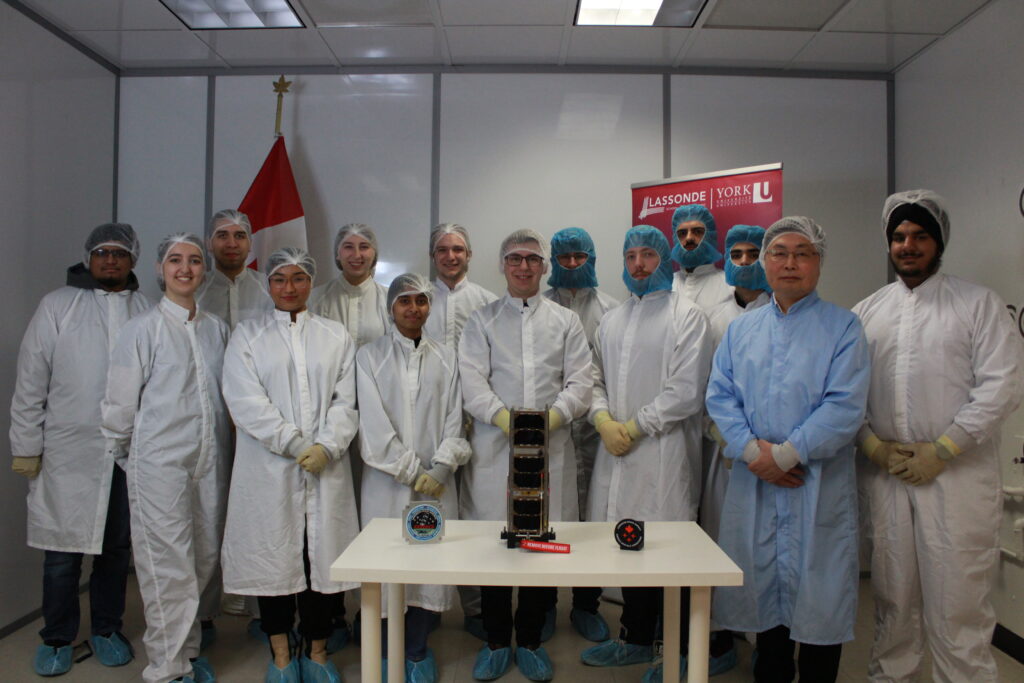
The second CubeSat to be launched into space this summer, thanks to York students, is also a product of an external partnership. However, while the ESSENCE was a York-led satellite relying on hardware from other institutions, a University of Manitoba-led CubeSat project draws on innovative hardware provided by Lassonde students.
Supervised by Regina Lee, professor of space engineering, a team of students was asked by the University of Manitoba CubeSat team – who named their satellite “IRIS” – to create a critical component to help realize the partner school’s CubeSat goal of consistently exposing geological samples to solar radiation in space and study the effects.

“Our job was to design the subsystem to go into their satellite that would figure out which direction it’s pointing in within space, and make sure it’s pointing to the sun,” explains Ryan Clark, who worked on the project, and is a former member of the Nanosatellite Research Laboratory at York.
“They set a general guideline for the hardware component development, and our contribution was the sun sensor, magnetorquers and then the board that contains the full Attitude Determination and Control System that fits on the CubeSat,” says Peter Keum, who was part of the team.
Lastly: “We were focused on testing, calibrating and – once we were done – shipping it off,” says Gabriel Chianelli, the remaining member of the team, who is part of the Nanosatellite Search Group at York.
The two CubeSats – the ESSENCE and IRIS – are now being readied for their space-bound journey, and both teams are preparing to see them launched this summer. Zhu and 20 of his students are planning to travel to the Kennedy Space Station Center to witness the launch, some of them from within a NASA VIP room that is only five kilometers away from the launch pad. Others, like Lee’s team, will eagerly be watching via YouTube livestreams.
For both professors behind the work on the two satellites, the launch will mark the fruition of a desire to see their students work on something that won’t just make it to space, but impact their futures. “My goal was to make sure that my students have hands-on experience so they can graduate and do well in their career,” Lee says. Zhu shares that sentiment. “I have a passionate love for space engineering, and I like my students to have the same life experience I do,” he says.
Projects like the ESSENCE might be the first satellite to be designed and built mainly by undergraduate students at York, but it’s unlikely to be the last. “When I was an undergrad, starting to 2014, there were no internships or placements for undergrad space students,” Clark says. “Now, there are so many more placements, so many opportunities available, it seems like just the barriers to entry are coming down, and a lot more people are getting into space.”


